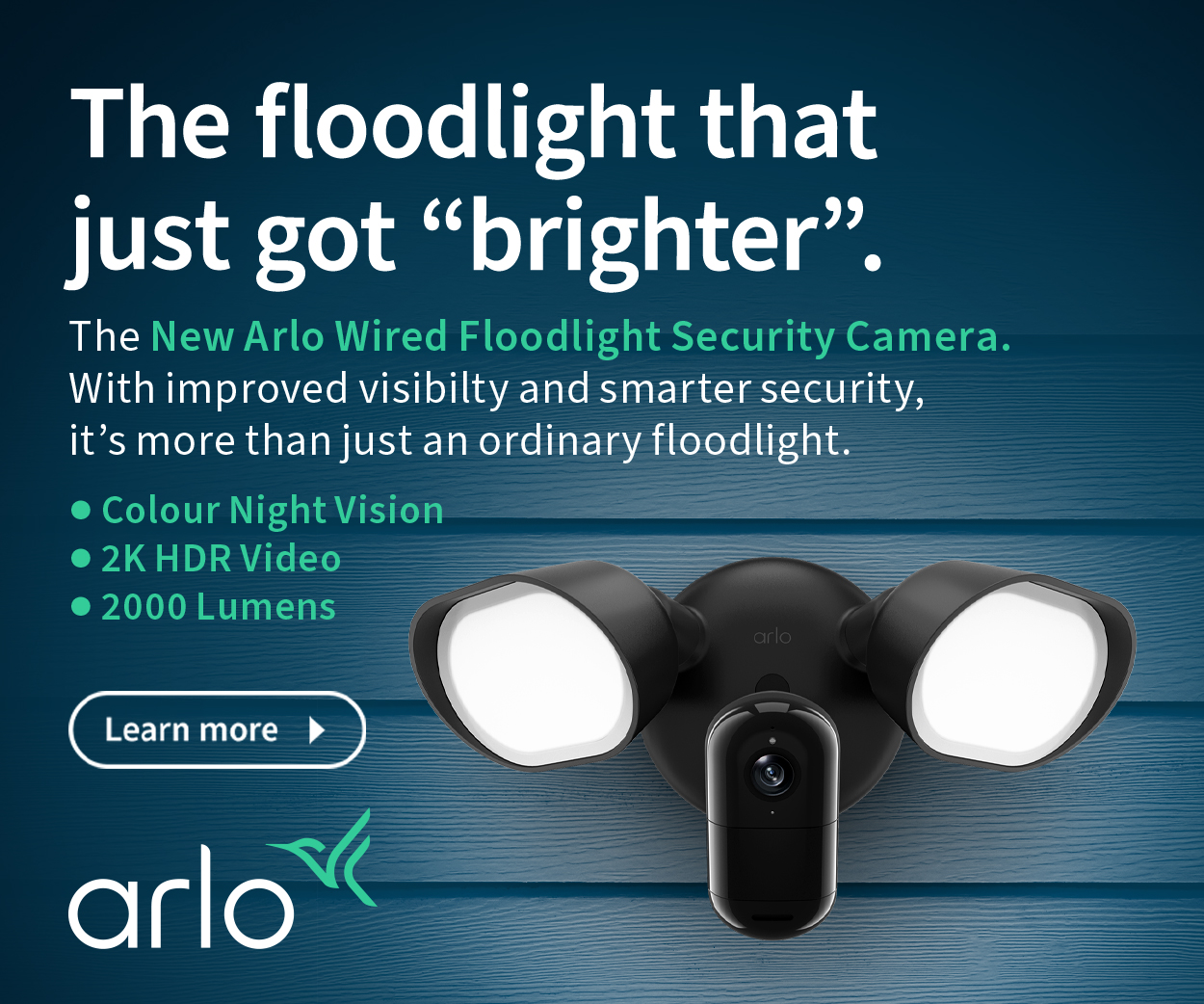How to buy a soundbar that meets your needs? (AV guide)

Soundbars have almost become mandatory as TV speakers offer progressively awful sound. How to buy a soundbar tells you how we measure sound quality and how to match the right one to your needs.
We cover soundbars for general TV enjoyment (from 2.0 to 7.1) and 3D spatial soundbars that offer Dolby Atmos (DA 5.1.2 to 11.1.4) and DTS:X. Our golden rule is never to believe the marketing hype about ‘cinema experiences’. Soundbars are an exponential step up from TV sound and a long way off Jurassic Park cinema sound.
How to buy a soundbar – terminology
- The first number (see the table below). e.g., 5 is the number of discrete sound channels. The second number, e.g., .1. is the number of sub-woofers. The third number is up-firing 3D spatial speakers, usually two at the front and two at the rear, e.g., 5.1.4.
- Most free-to-air TV is PCM mono (1.0) or stereo (2.0).
- Most streaming is 2.0 or 5.1 (PCM, DTS or Dolby Digital)
- Dolby Atmos (DA). Just to confuse you, there are single-speaker toasters offering DA! Read Five tips for better TV sound – Dolby Atmos for beginners. Note that no DA TV offers authentic DA sound – it downmixes 128 sound objects to the available stereo speakers. DA also requires DA content.
- Psychoacoustics emulates surround (side) and spatial height (DA) sounds in all-in-one soundbars instead of using dedicated speakers behind or overhead. Don’t worry – almost all soundbars need side walls and ceilings to bounce sounds off.
- eARC is the latest HDMI standard required for uncompressed Dolby Atmos sound transmission between a TV and a soundbar. Read HDMI cables are not all the same. Which one do you need?
- HDMI1.4 is for 1080p – not 4K
- HDMI2.0 is for 4K@60Hz compressed Dolby Vision and Atmos
- HDMI2.1a is for 4K@120Hz for uncompressed
- The human hearing range is from 20Hz to 20kHz. Read How to tell if you have good music (sound signature is the key.
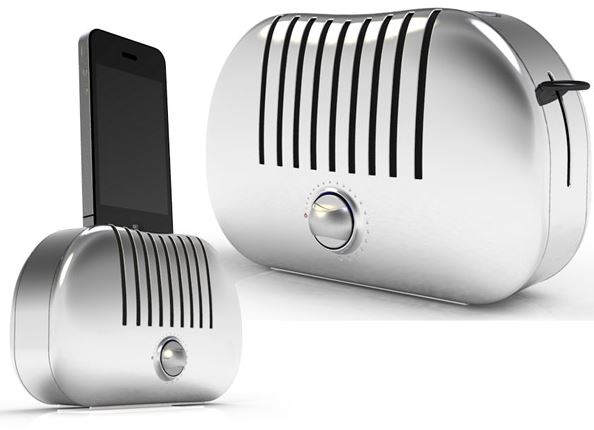
Speakers
- Sub-woofer reinforces the deep-bass sounds from 20Hz to about 100Hz. This is the bass you feel rather than hear, and we highly recommend you get one.
- Woofer is generally a full range 20Hz to 20kHz speaker, but few can do that well, sacrificing low-to-mid-bass and mid-to-high treble
- Tweeter is for mid-to-high treble. Tweeters should not be part of the numbering as they simply amplify sounds above a specific cut-over frequency.
- And don’t be confused by the number of speakers versus the number of channels. Some have additional tweeters and dual woofers, so a 7.1.4 (12 speakers could have 13 or more speakers). See JBL below.
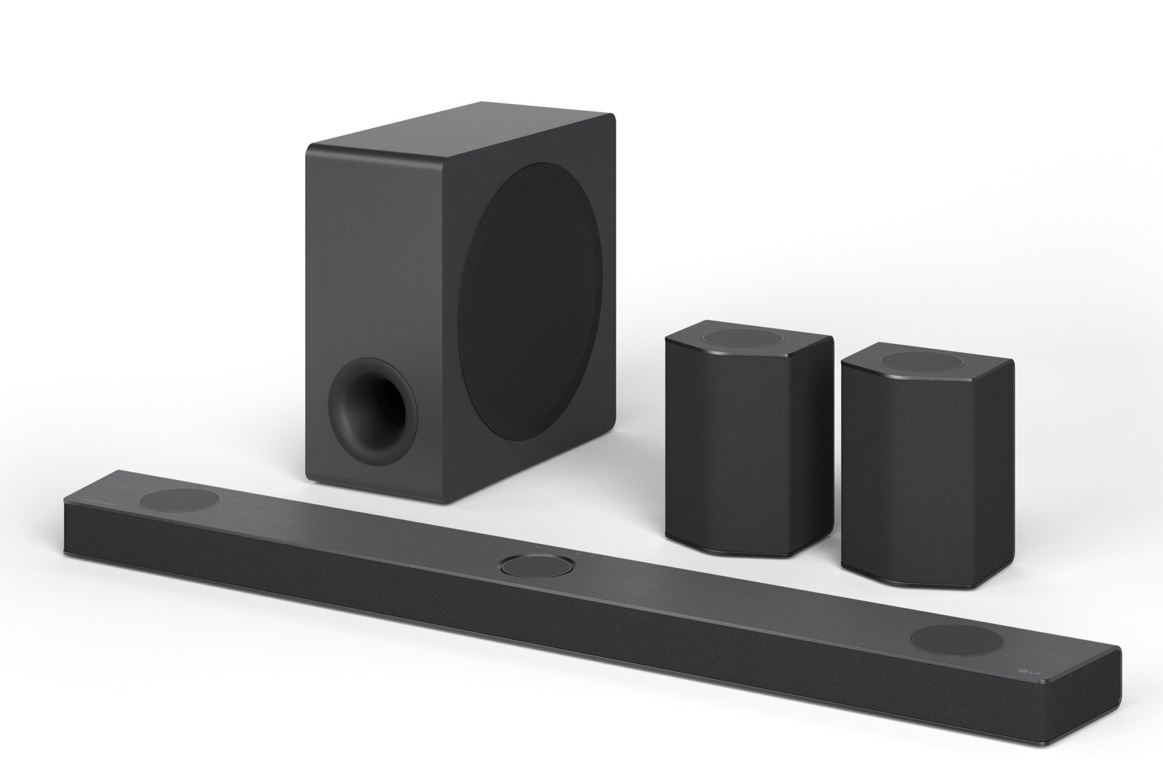
LG soundbar with two up-firing front, two rear front-and up-firing and a sub-woofer –
Soundbar types
| Sound types | 2.0 | 3.0 | 4.0 | 5.0 | 7.0 | 9.0 | 11.0 |
| Mono (1.0) – most older TV content | |||||||
| Stereo Left front | ✓ | ✓ | ✓ | ✓ | ✓ | ✓ | ✓ |
| Stereo Right front | ✓ | ✓ | ✓ | ✓ | ✓ | ✓ | ✓ |
| Clear Dialogue Centre front | ✓ | ✓ | ✓ | ✓ | ✓ | ||
| Left front surround | ✓ | ✓ | ✓ | ✓ | |||
| Right front surround | ✓ | ✓ | ✓ | ✓ | |||
| Left rear surround | ✓ | ✓ | ✓ | ✓ | |||
| Right rear surround | ✓ | ✓ | ✓ | ✓ | |||
| Left front wide surround | ✓ | ✓ | |||||
| Right front wide surround | ✓ | ✓ | |||||
| Left rear wide surround | ✓ | ||||||
| Right rear wide surround | ✓ |
Dolby Atmos adds 3D spatial height (up-firing or overhead) speakers, e.g., 5.1.2 or 7.1.4
| Left front up-firing | .2 | ✓ | ✓ | |||
| Right front up-firing | .2 | ✓ | ✓ | |||
| Left rear up-firing | .4 | ✓ | ✓ | |||
| Right rear up-firing | .4 | ✓ | ✓ |

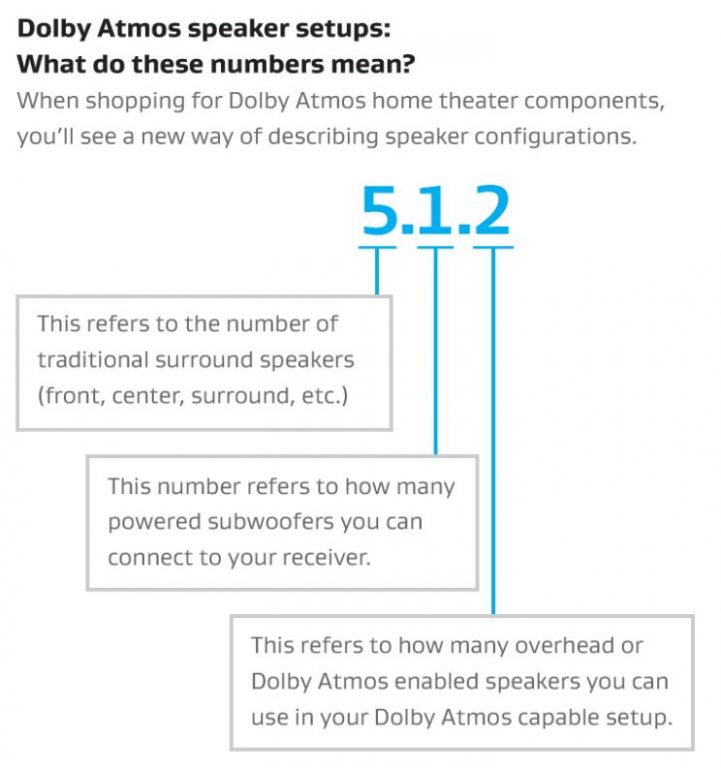

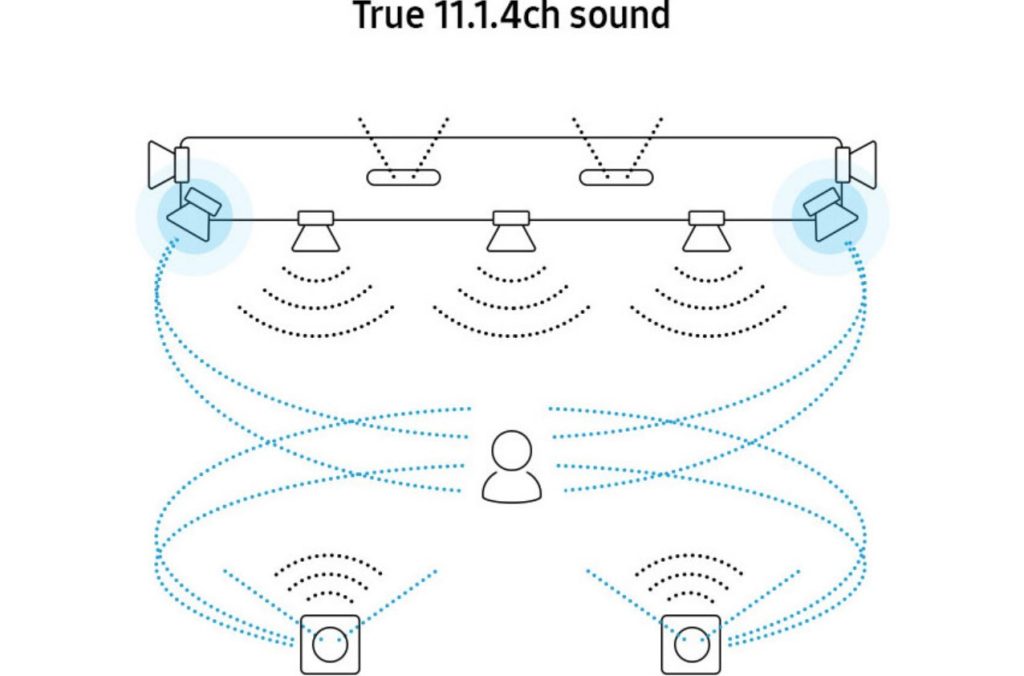
How to Buy a Soundbar
Tip #1 – Buy the best you can afford
You have a plethora of generic and lesser-known brands that tend to compete on price. Our advice is to look for quality units from JBL, Samsung, LG, Hisense and TCL. If budget is not an issue, then Sonos Arc or Bose 900 with rears and subs are the go.
Tip #2 Does it fit your TV?
Unless your TV is wall mounted (and then you may want to wall mount the soundbar), it will be on legs or a stand. Whatever you choose must be able to sit within the legs or in front of the stand and about 50-100mm beneath the TV.
Don’t forget that, at a minimum, you will need HDMI and power cables to the soundbar, sub-woofer and TV.
Tip #3 – how many watts RMS (not PMPO) do you need?
Look for a minimum of 20W for each speaker and 100W for a sub-woofer. Surprisingly wattage does not equate to volume, and most will max out at about 80dB.
Tip #4 – always connect via HDMI and eARC for DA
Wi-Fi and Bluetooth connections to a TV invariably have too much lag – lip sync is the issue. HDMI is instant.
The jury is out on whether you need extra HDMI ports on the soundbar for a Blu-ray player, Foxtel, Fetch, TV dongle (Google 4K TV), PlayStation, Xbox etc. These are best attached to the TV HDMI ports that will pass the audio stream and metadata to the soundbar.
If you only have an HDMI ARC (audio return channel) port, you will get the uncompressed stereo to 5.1, but DA will be compressed – and you don’t want that.
And don’t forget that eARC/ARC also means the volume and power can be controlled by the TV remote.
Tip #5 – more uses
The soundbar may be Wi-Fi multi-room and OK Google, Alexa or Siri compatible device. It may also have Bluetooth for Chromecast for music streaming services.
Tip #6 – do you need a sub-woofer?
If you want to feel the bass, then yes. The exceptions are Sonos ARC and Bose 900 – they do quite well without a separate sub.
Tip #7 – Psycho-acoustics are useless without a suitable room
Every all-in-one soundbar uses psycho-acoustics to trick your ears into hearing more than stereo sound. But these need to bounce that sound off nearby left and right walls and ceilings to create surround sound up to about 3-5 metres from the soundbar.
You will get no effect at all if you have an open space, curtained walls (sound-absorbing) or high/slanted ceilings. In that case, you will need to look at a much more expensive AV receiver and dedicated front, side, and roof-mounted speakers to get DA.
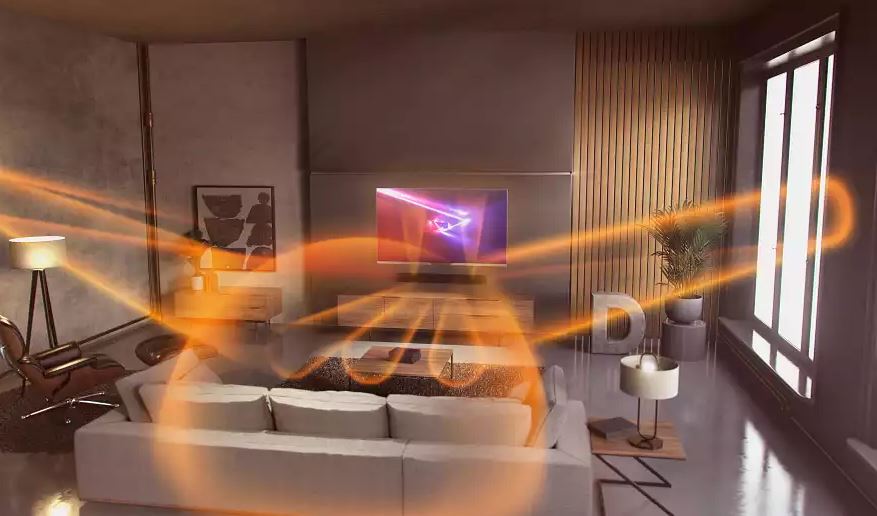
Tip #8 clear voice
Some soundbars have dialogue speech enhancement or the ability to ramp up the centre channel (where most of the dialogue comes from). Look for a dedicated centre channel.
Some have an Equaliser EQ, and you can ramp up 1-4kHz to get clearer voice. For example, LG has adjustments for Bass, Treble, Centre, Subwoofer, Surround, Rear, Overhead Channels, and Rear Height Channels.
Overall cheaper soundbars don’t have this adjustment capability.
Tip #9 – soundbars take over the TV sound (affects hearing-impaired viewers)
We are not aware of any TV that allows you to use both a soundbar and Bluetooth or Digital optical to connect headphones. Bose soundbars 300 ($650), 500 ($800) and 700 ($1200) will allow Bose headphones (QC35/45 and 700) connection to the soundbar.
Tip #10 – other
- Apple users look for AirPlay 2 to stream Apple audio and video.
- Streamed music needs Bluetooth and Chromecast
- While it is nice to know you can add rear speakers or a sub to some soundbars, most never will. These add-on products have a limited life; buy what you need first up.
- Multi-room audio and voice assistance needs Wi-Fi
- DA needs a DA TV and is a waste if you will not use it
- It is nice to have a front-panel display to indicate the mode
- A separate remote is good to access advanced features
- Warranty is invariably 12 months – it is a bonus to get longer
- It is not necessary to buy the same brand soundbar as the TV unless some features are linked to it (like Samsung Q-Series and QLED TVs)
CyberShack’s view – How to buy a soundbar that meets your needs – almost all will
In our experience, anything from 3.1 will improve your TV sound. Splashing the cash on DA depends on watching enough Dolby Vision/DA content.
I could not imagine a TV without a soundbar and have them on the bedroom and lounge TVs. If you have any questions on How to buy a soundbar, use the comments section below.

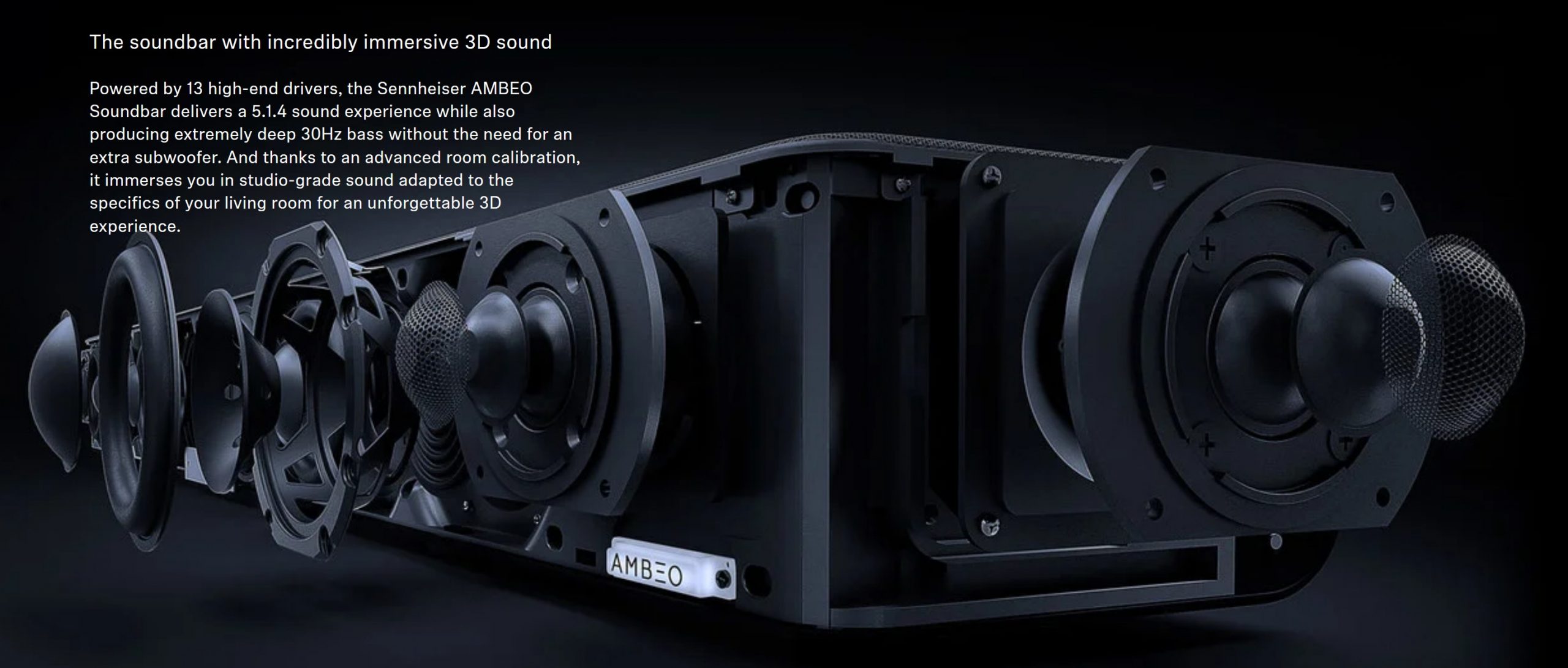
How to buy a soundbar
Brought to you by CyberShack.com.au

